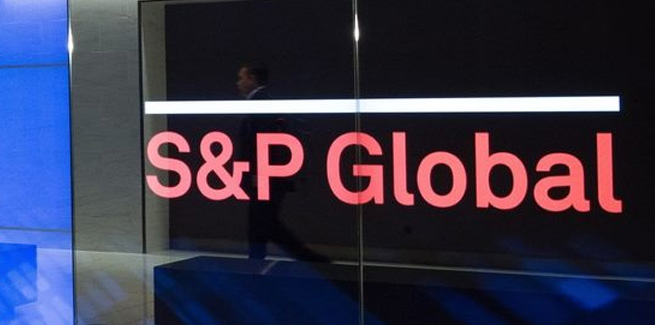In a new analysis, S&P Global Ratings has predicted that the mutual banking sector would likely record fewer credit losses off the back of the COVID-19 crisis than their larger peers.
The credit loss rate is expected to peak at approximately 35 bps across the mutual banks’ gross loan books, compared with a peak of around 85 bps of gross loans across the portfolios of the big four banks.
According to S&P, mutuals would record fewer defaults because of their higher exposure to residential mortgages, which represent an average of 93 per cent of total lending, compared with 74 per cent for the major banks.
S&P stated that it expects a significant percentage of overall defaults to come from business customers.
“We consider small and midsize enterprises (SME) and non-financial business borrowers – including those operating in the hospitality, tourism and retail trade – to be the most directly affected by the economic effects of COVID-19-related lockdown restrictions in Australia,” S&P stated.
“Rated mutuals have very little exposure to SME borrowers and the aforementioned industries on both an absolute basis and relative to non-mutual peers.”
Conversely, major banks have, on average, a “much greater proportion” of corporate and business lending, which S&P expects to “suffer a higher increase in credit losses”.
Moreover, S&P claimed that the mutual sector’s “prudent mortgage lending standards” would also help shield potential losses from the forecast decline in residential property prices.
“Only 9 per cent of the mutual sector’s residential lending is on an interest-only basis, compared with 19 per cent for the major banks,” S&P noted.
“In addition, in calendar 2019, 7 per cent of the mutual sector’s new residential lending had a debt-to-income ratio above [six times]. For the major banks, this was 17 per cent.”
The ratings agency continued: “We believe, all else being equal, that this should limit mutuals’ credit losses from house price declines, and offset risks from the typical geographic and industry concentrations in their loan books.”
S&P noted that mutuals with links to essential services industries – including Defence Bank Ltd, Police Bank Ltd, Teachers Mutual Bank Ltd, Police & Nurses Ltd, Members Banking Group Ltd, and QPCU Ltd – would likely fare better than those operating in niche regional markets.
“We view essential services as having more stable employment and repayment prospects compared with the overall Australian population, which we expect should translate into greater earnings resilience during a downturn,” the ratings agency stated.
Mutuals to take heavier earnings hit
According to S&P, despite lower aggregate credit losses relative to their larger peers, mutuals would be less equipped to manage the impact on their bottom line.
S&P pointed to fierce pricing competition and proportionately higher operating costs, which would provide mutuals a “comparatively low buffer to withstand outsized credit losses”.
“For example, we estimate that the major Australian banks should be able to absorb our forecast increased credit losses within their earnings in a hypothetical severe downside scenario of a 20 per cent drop in their gross operating income,” S&P stated.
“In a similar scenario, the mutuals’ curtailed earnings would be just about enough to pay their non-interest expenses – excluding provisions for bad and doubtful debt – leaving no room for absorbing any credit losses.”
S&P claimed that the lower cost of domestic borrowings from the Reserve Bank of Australia would not “soften the blow” from record-low interest rates.
However, S&P stressed that all rated Australian mutuals currently have “very strong capital positions”, adding that it would take “significant losses” above its base case to weaken the sector’s capital to a level that would result in ratings downgrades.
“This is particularly true in what we expect will be a period of very low credit growth in the coming two years,” the ratings agency stated.
[Related: Lender snubs takeover bid from Auswide]
 ;
;
